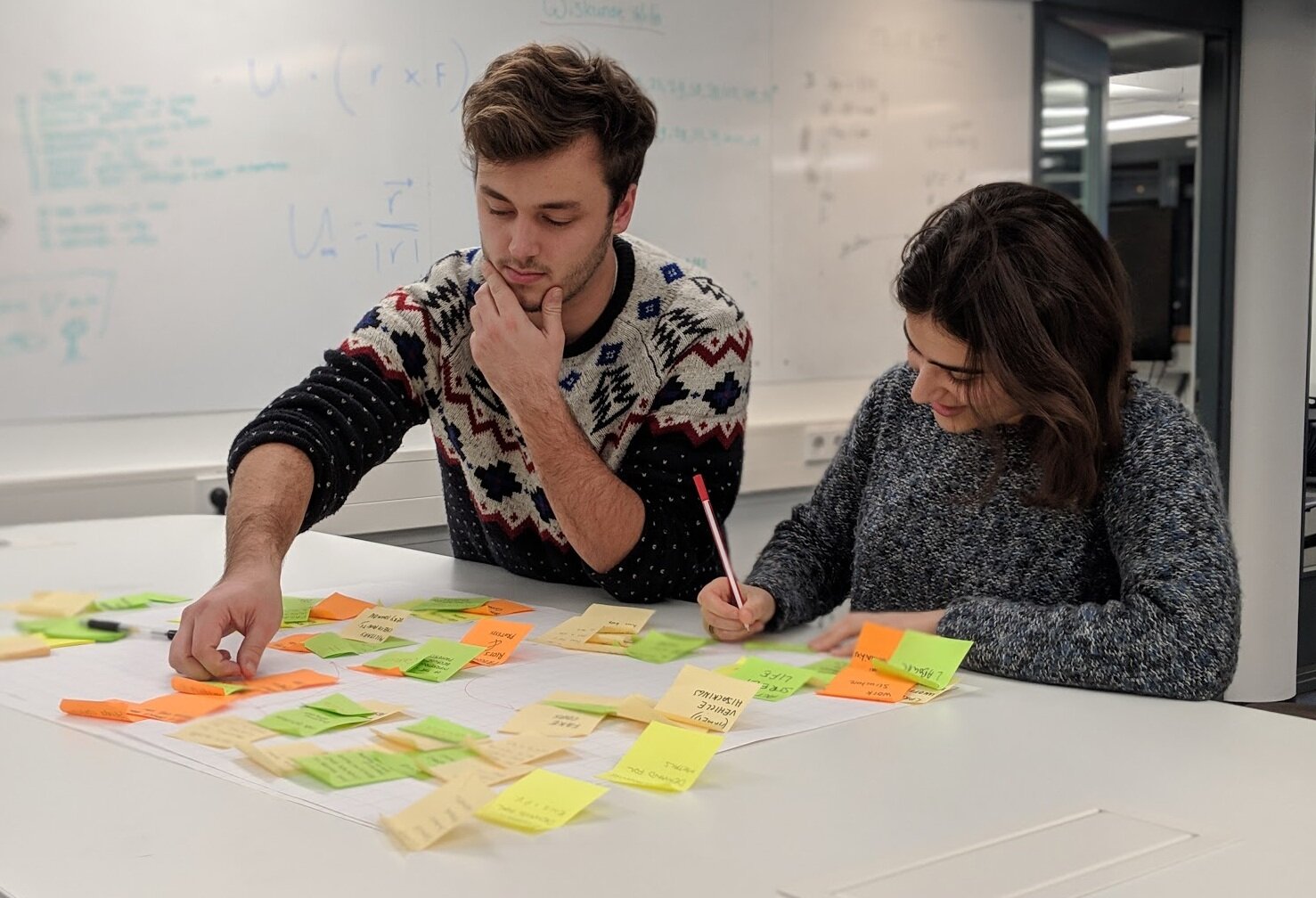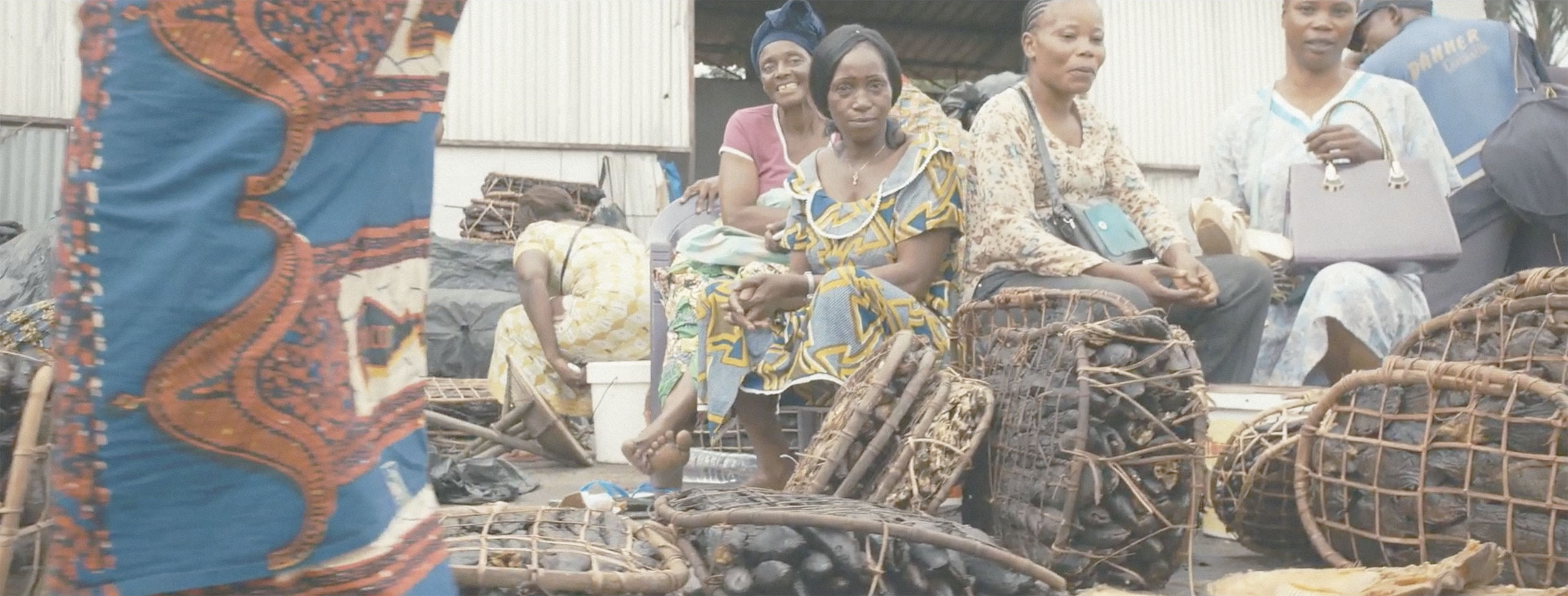
Urban mobility that empowers advancement
How might we design a future mobility system for the people of Kinshasa, where societal disarray and resource scarcity are daily realities?
We used the Vision in Design (ViP) methodology, focusing on contextual raisons d’être–rather than end products, in order to build a new future.
By deconstructing the full picture of Kinshasa today, we identified an overall vision for Kinoi mobility in 2028. Then, we strategized human behaviors and designed products to orchestrate interactions that realize the vision.
We deconstructed the present context to strategize the future.

Cultural research, interviews, and media paint the human experience.

Quantitative and qualitative DEPEST analysis yielded macro context.

Data was clustered into key, connecting ideas to reveal a holistic context.
Societal inequality and injustice yield difficult conditions, forcing Kinois to improvise and be self-reliant in order to survive and thrive.
We can’t fix the system in 10 years. But, we can design to help people improvise better, together.

DESIGN STATEMENT
In the context of urban mobility for a self-reliant Kinshasa, we want people to empower themselves through a community-sustained transportation system.
It’ll be “like riding on a bootleg trail”
INTERACTION QUALITIES
-
It takes motivation, conviction, and courage to venture away from the known and established path towards something new and unknown.
-
In most cases, a bootleg trail is the most direct and efficient way forward. But you’ve got to know the ins and outs of it.
-
The bootleg trail is perpetuated and strengthened as more individuals learn, share, and ride over it.
→
PRODUCT QUALITIES
-
The vehicles will be capable within their challenging context. Their styling will be unafraid and unapologetic.
-
The vehicles will make savvy use of scarce local resources, vernacular materials, and be space and energy-efficient.
-
The vehicles and their design will pique interest, and spark dialogue, participation, and connection with the people around it.
More than just transportation–our mobility system creates community and empowers endeavors.
-
Kinshasa has well-developed urban centers in the north, where major businesses and governmental affairs are located. Massive slums sprawl out to the south.
We want to decentralize the city by creating neighborhood hubs all throughout.
Here, local entrepreneurs can trade, and neighbors can meet and connect, strengthening the local community.
Vehicles made for improvization
The family of buses, vans, and microvehicles was designed around Kinois’ improvization and entrepreneurial attitudes. They’re engineered to be capable over the city’s rough terrain, yet efficient in materials, weight, and cost. Thoughtful packaging and features let users hack the vehicle to their evolving individual and community needs.
Vitruvien
Urban mass rapid transit
Leveraging existing highways, Vitruvien is a large, easy-to-load bus that economizes mass people and cargo transport between ports, hubs, and cities.
Vendeur
Van that doubles as a storefront
With a flexible, spacious cabin that can be customized to sell a variety of goods, Vendeur is the ultimate vehicle and shop for Kinshasa’s entrepreneurs.
Liaison
Crowdsourced shuttles
Driven by volunteers, Liaison links different hubs and neighborhoods. The open cabin can carry passengers and/or cargo, and a tall ride can operate on local roads.
Intrepide
Shared microcar for short hops
Intrepide is an affordable, personal mobility option that can navigate the slums’ varied terrain. Available via a sharing regime using cell-based payment.
In collaboration with Giulia Leto, Gijs Rempt, Petar Velchev, and Bart Zweers.








